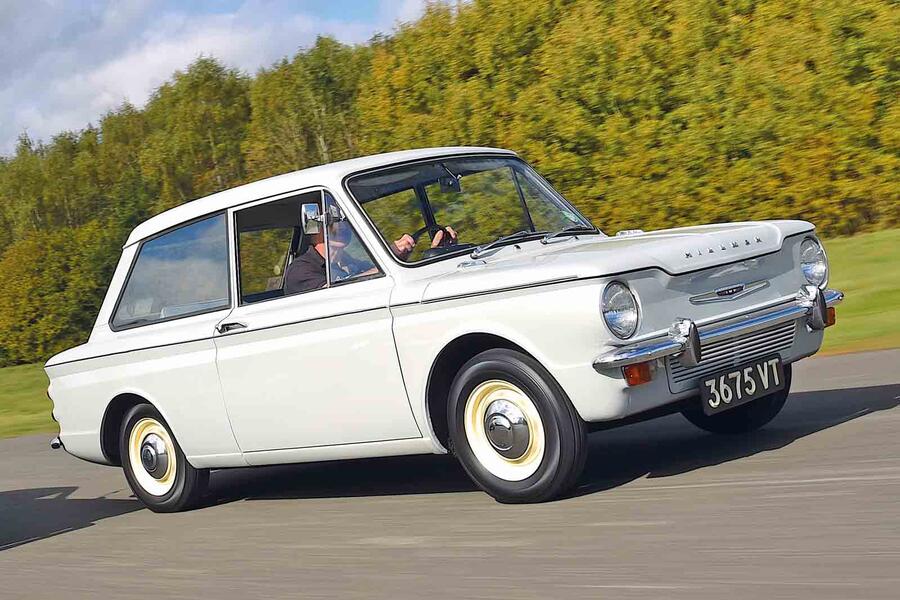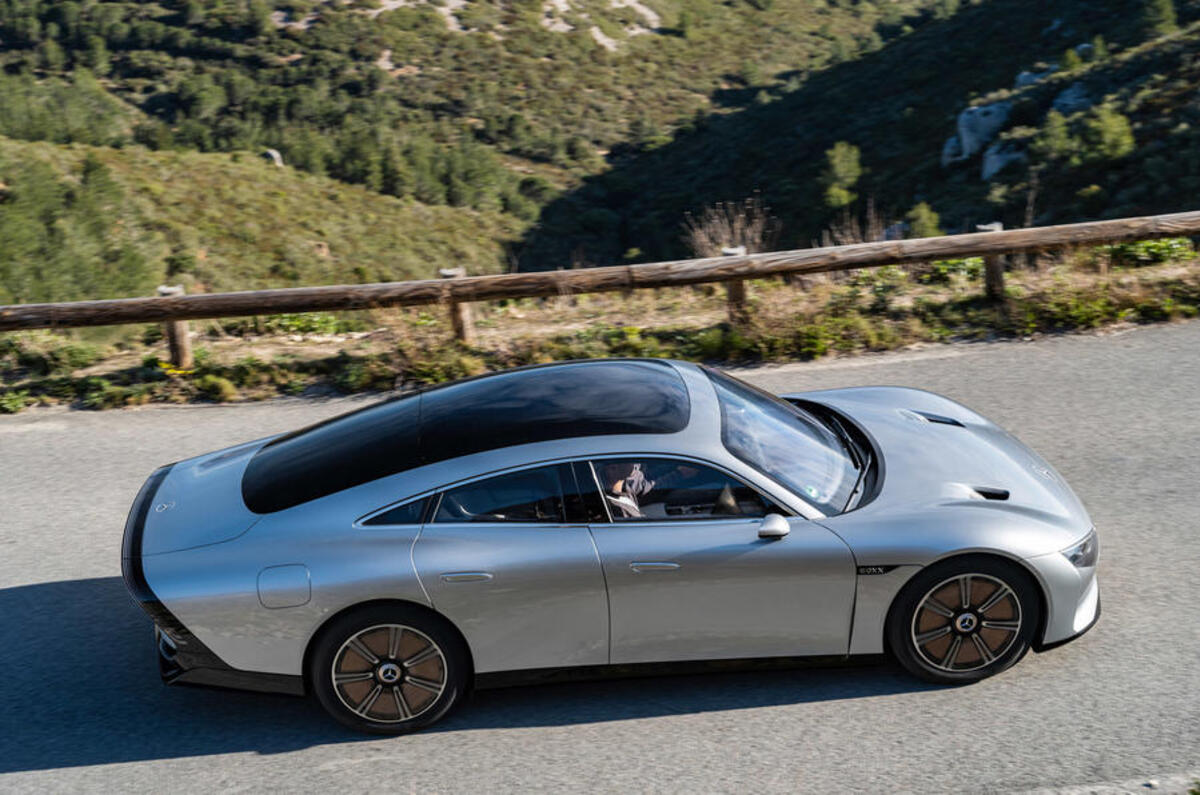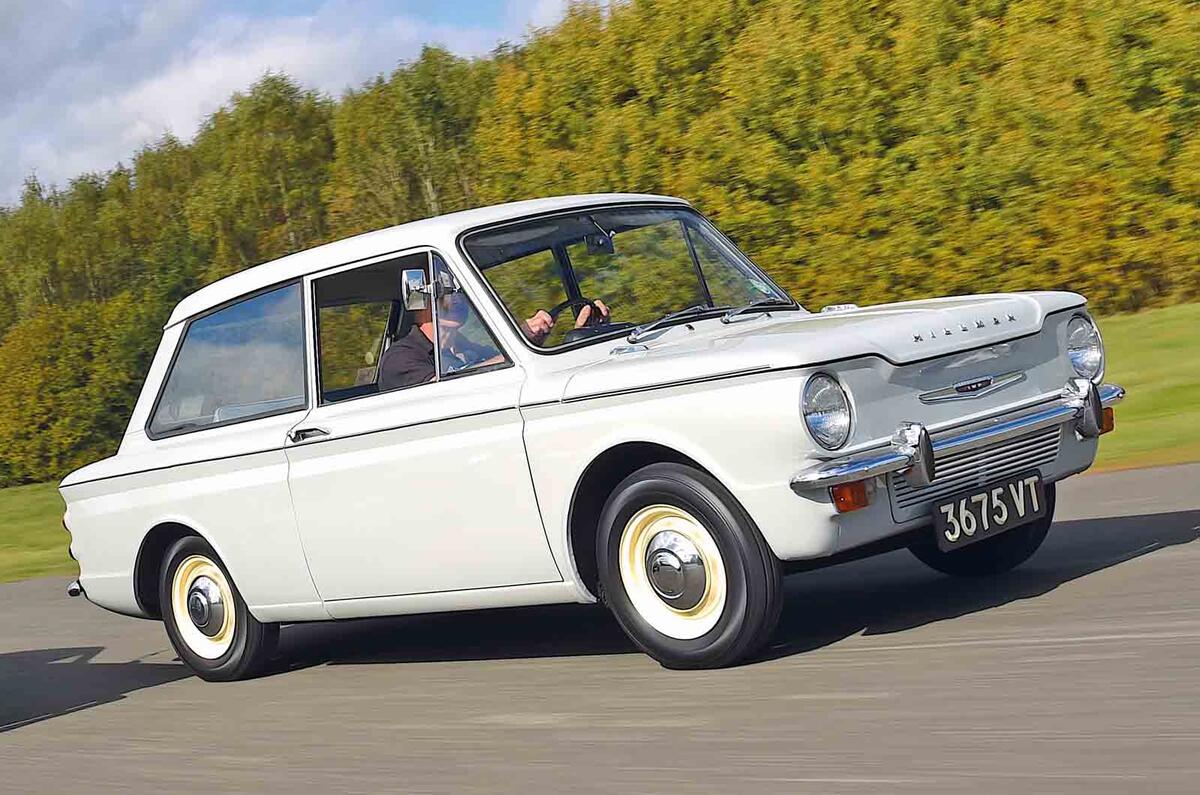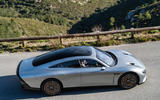If you own an electric vehicle, there’s a good chance you’re enjoying the extra range that springtime weather brings over winter.
With temperatures regularly now in the high teens, I’m getting a good 10% more distance between charges from the Polestar 2 I’m running than I was two chillier months ago.
EVs are, in a way, victims of their own thermal efficiency. An internally combusted car’s range doesn’t vary like this because an engine generates so much heat and noise that its power is almost a by-product. There’s heat going spare so it’s easy for it to get itself into its most efficient – or least inefficient – state.
Not so much with an EV. They get so much out of every drop of energy you put into them – and it takes so long to put it in there – that every additional bit of efficiency you can get will make a discernible difference to its range, and perhaps to how well your day runs if there’s not much I downtime in which to charge.
Which keeps me thinking of the Mercedes-Benz EQXX concept car, some of the tech from which will go into production, Mercedes-Benz confirmed in March. The EQXX is so sleek that it has a drag coefficient of just 0.18; it runs at around 6.2 miles per kWh – double that of the EQS luxury car; and it weighs only 1750kg, giving it a “real-world range of more than 620 miles”. Some drivers will want that much, but for those of us who don’t, the same tech will mean smaller, lighter cars that drive more nicely than the clunky two-plus-tonners of today.
It’s a shame, though, that some of these efficiencies haven’t been embraced during the past few decades when we’ve just been building bigger, heavier and bluffer cars as the mainstream, while vehicles like the Honda Insight and Volkswagen XL1 have passed by as mere novelties. Small, streamlined and light cars are still my preferred ones. We’d have done less burning with them, and I think we’d have had a bit more fun, too.











Join the debate
Add your comment
It's worth noting that while streamliner designs offer potential benefits in terms of aerodynamics and range optimization, other factors such as practicality, cost, and market demand will also influence the adoption of such designs in mainstream EV production. Nonetheless, as electric vehicles continue to gain popularity and technology evolves, we may witness a resurgence of streamliner-inspired designs that combine efficiency, aesthetics, and a nod to the past.
I think the Imp's understeer has more to do with its positive camber on the fron axle than weight distribution. Adding weight simply reduced this camber, reducing understeer. Back in the day I seem to remember that camber reducing kits were all the rage among enthusiasts, but I imagine that Hillman was more concerned with safety than pleasing the enthusiast with a better handling balance!